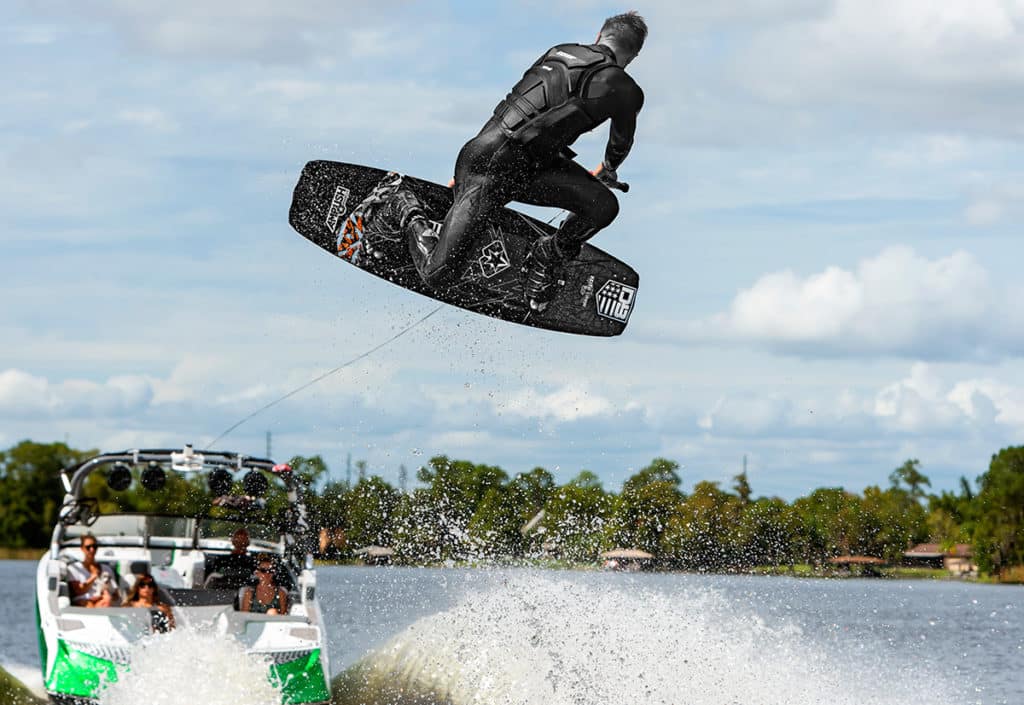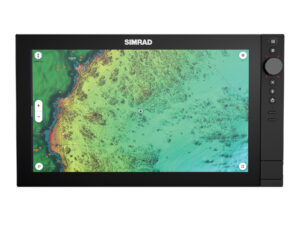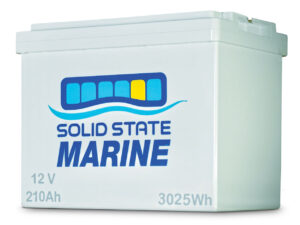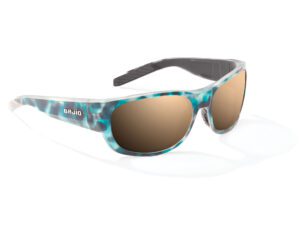
No matter who you are or where you live, we all want a longer season. What better reason to invest in a wetsuit? Whether you opt for a fullsuit, springsuit or top, a wetsuit allows you to get on the water earlier in the spring and stay on the water later in the fall. With the right suit, you can extend your season in comfort, stretch and style.
Full, Spring/Top
The three most common wetsuit varieties for watersports are fullsuits, long-sleeved springsuits and tops. Fullsuits offer the most coverage, encasing everything except your head, hands and feet in warmth. Long-sleeved springsuits cover everything except your head, hands, and from the knees down, while tops cover just your torso and arms.
Neoprene
Because neoprene makes up the vast majority of a wetsuit, its quality has the biggest impact on a suit’s performance and price. The stretchier the neoprene, the better, but the cost generally goes up as the flexibility of the rubber increases.
Seams
There are essentially two types of seams: glued and blind-stitched, and flat-lock-stitched. The former tend to be a little more expensive but do not allow water to pass through them like the flat-lock stitch.
Thickness
A wetsuit’s thickness, which is measured in millimeters, determines its warmth. A 3/2 suit has 3 mm neoprene in the body panels and 2 mm on the arms and legs, and is usually good for spring and fall riding. When you get into colder water, you want to be in the 4/3 range.
Wrist & Ankle Seals
Most companies have some sort of liquid tape or material that keeps the ankle and wrist seals tight around your skin, keeping the cold water out and keeping you warmer.







